
My Neighbour Totoro and Spirited Away characters reimagined as New Year’s decorations.
With Halloween just around the corner, the end of the year is once again whizzing by, and before we know it, it’ll be time to pull the curtain back on 2024. Studio Ghibli is getting in early by restocking some of their sold-out New Year’s tenugui at the moment, so now’s the time to bag them so we can have some of our favourite characters around to help ring in the New Year.
As the studio is big on keeping old traditions alive, these items see characters from My Neighbour Totoro and Spirited Away incorporated into traditional lucky icons and imagery used during the New Year period. The original Ghibli artworks have been printed on to tenugui, long sheets of cotton cloth that can be used for everything from cleaning to carrying, but these ones are so beautiful you’ll want to hang them on the wall like picture scrolls.
The first tenugui sees Totoro added to a kumade, an auspicious rake that’s said to “rake in” good fortune, wealth and success. Kumade are traditional New Year’s decorations that come in different sizes, and while they can contain a variety of adornments, this is our first time seeing Totoro inside one!
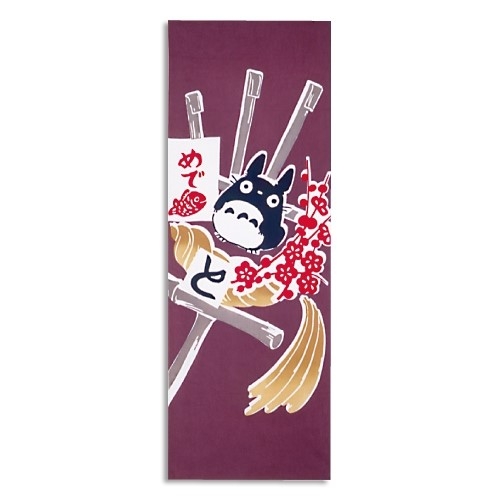
Joining the cute character is a straw rope, to protect against evil, and a bunch of plum blossoms, symbolising success in life due to their early blooming period. There’s also an image of a “tai” (red sea bream), another lucky symbol due to its auspicious red colour and the fact that “tai” sounds like the Japanese word “medetai”, which means “happy” or “auspicious“.
In true creative Ghibli style, the word “medetai” appears here, cleverly created by combining “めで” (“mede”) with an image of the “tai” fish. In the centre of the rake is the character “と” (“to”) for “Totoro”.
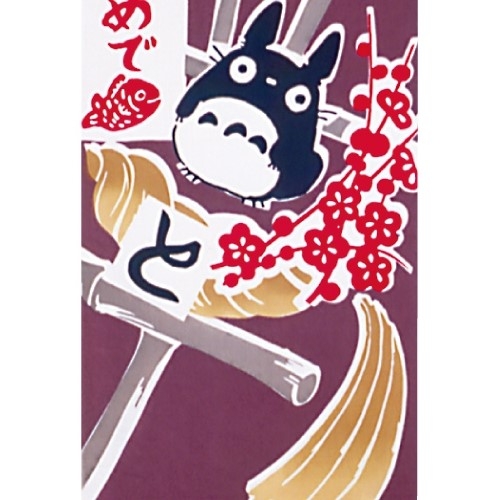
Totoro also appears on a traditional kagami mochi decoration, which usually consists of two mochi rice cakes, placed on a small wooden pedestal decorated with urajiro (fern leaves) and auspicious red-and-white paper known as shide, to ward off evil.
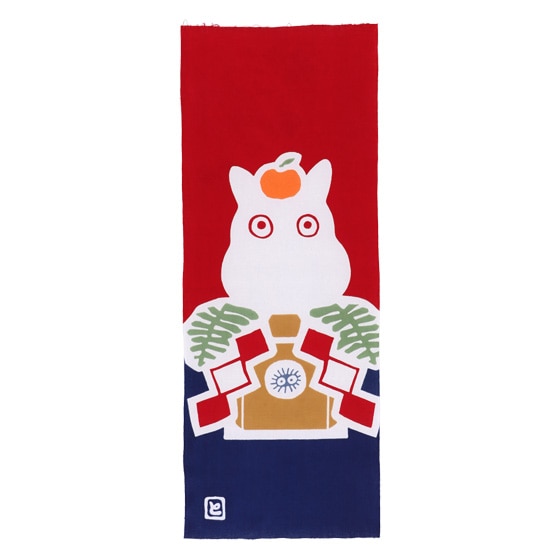
Here, Totoro’s delightfully rotund shape takes the place of the white mochi rice cakes, and like traditional kagami mochi, he has a citrus fruit placed at the very top, as a symbol of longevity and strong family lineage.
▼ Totoro is joined by a Soot Sprite, hiding out in the hole of the pedestal, for an extra dash of cuteness.
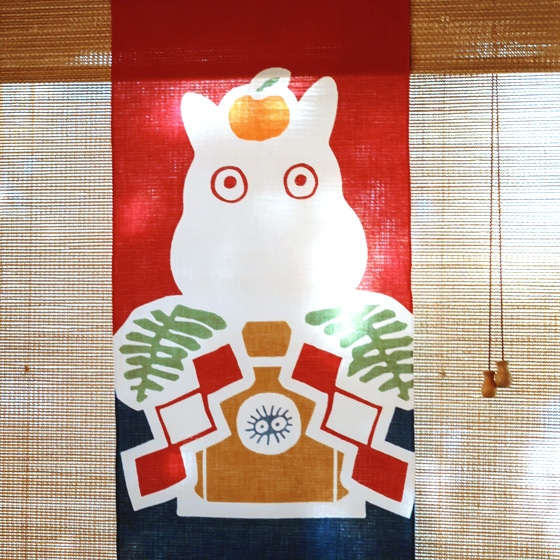
Totoro also features on another tenugui, this time appearing as a costume for a daruma, one of Japan’s most famous lucky New Year’s items.
▼ Well, we hope this is a costume because otherwise Totoro has a daruma inside its mouth.

Lovers of the Catbus will be happy to know there’s a tenugui featuring the character dressed up as a lion dancer. Shishimai lion dances are traditionally performed at New Year to usher in good luck, and one of the common patterns on the cloak is an arabesque design, which features here on the Catbus.
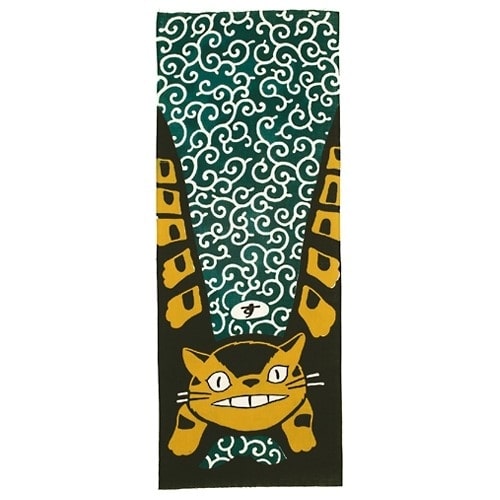
The destination marker on the Catbus is set to “su” or “nest” — the home of the Catbus — so it’s as if the character is ushering in good luck to your own nest as well.
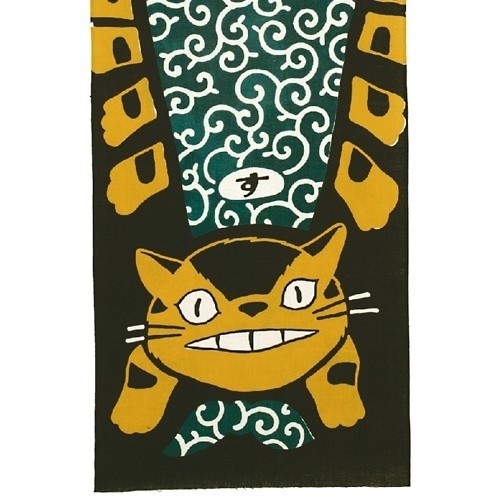
▼ Finally, we have a tenugui design featuring some of the characters from Spirited Away.
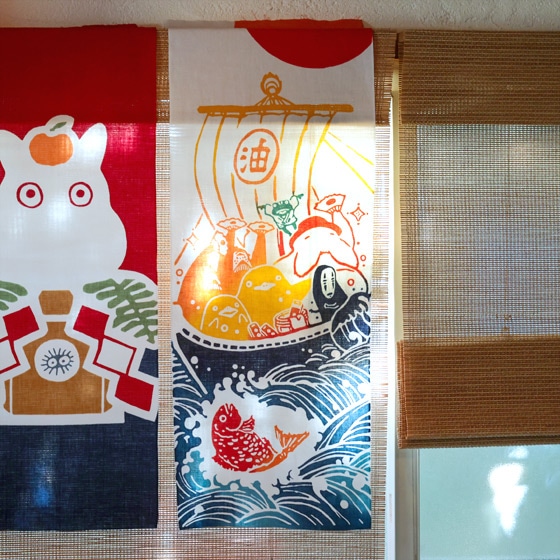
The auspicious imagery is strong here, with the rising sun in the sky alluding to the first sunrise of the year, a tai fish jumping out of the waves, and a boat full of Spirited Away spirits. This boat is styled to look like the Takarabune (“Treasure Ship”), a mythical ship that’s said to sail from the heavens, ferrying the Seven Lucky Gods into ports in our world during the first three days of the New Year.
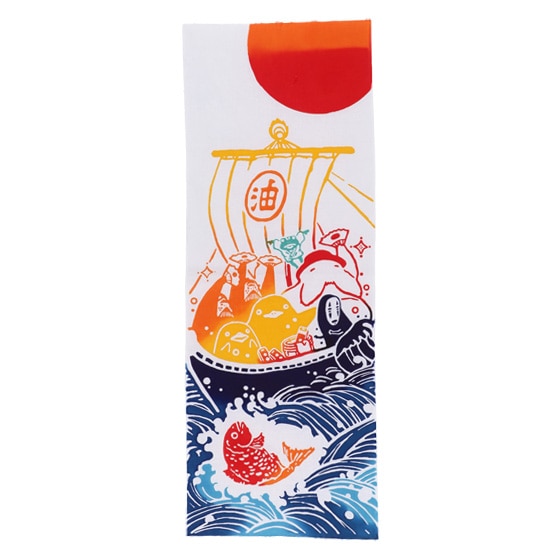
The sail on this ship displays the kanji “油” (“Abura”) for the Aburaya (literally “oil shop”) bathhouse seen in the movie, which fits in nicely with the film’s narrative, where the spirits arrive at the bathhouse by boat.
Standing in for the Seven Lucky Gods in this scenario are No Face, the Oshira-sama radish spirit, a couple of Ootori-sama chicken/duck spirits, a couple of masked, fan-holding Kasuga-sama spirits, and the Aogaeru frog spirit.
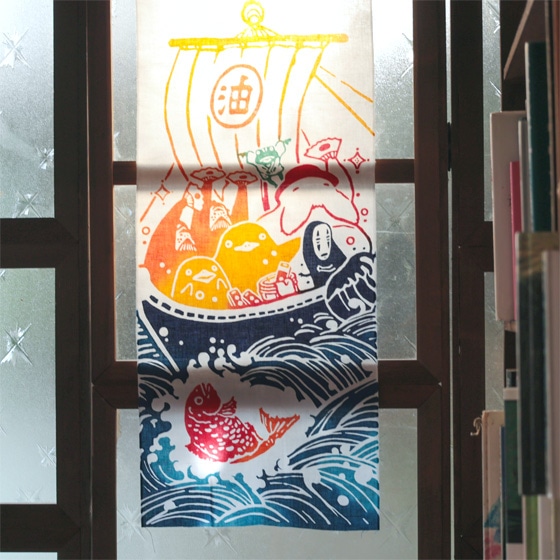
Yubaba, the proprietress of the bathhouse, also features on a tenugui, standing in the centre of a kumade rake with baby Boh, No Face, and two of the bathhouse spirit visitors by her side.
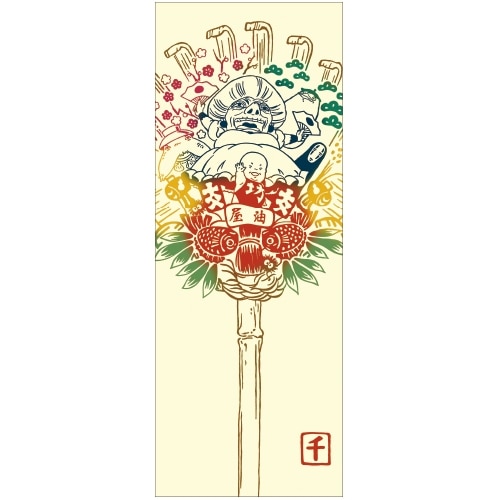
And just in case you’re in the market for an autumnal Ghibli tenugui, this tsukimi moon-viewing, dumpling-eating Totoro is also back in stock.
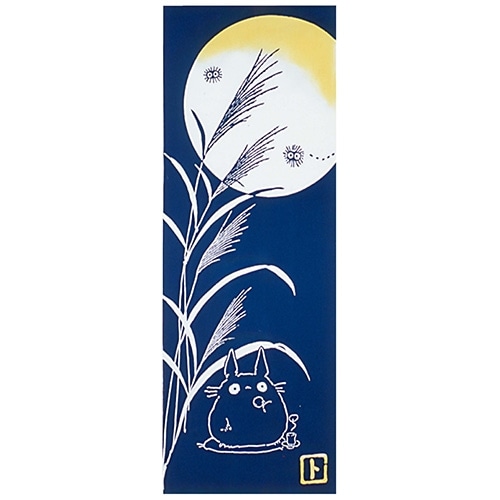
And though it’s not particularly seasonal, we can’t help but feel this No Face tenugui is perfectly suited to the Halloween season.
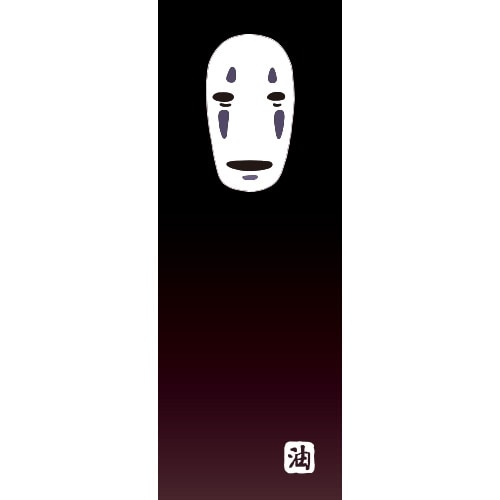
The tenugui are made and hand-dyed in Japan by traditional artisans, and measure roughly 33 by 90 centimetres (13 by 35 inches). All the designs are priced at 2,640 yen (US$17.58) each, except for the Kumade Totoro design, which is priced at 2,860 yen, and the Yubaba Kumade and No Face designs, which are a relative bargain at 2,200 yen each.
The tenugui can be purchased at Donguri Kyowakoku stores and online while stocks last, and now we have our fingers crossed that these sold-out Totoro and Catbus New Year’s decorations will be back in stock soon!
Source: Donguri Kyowakoku
Featured image: Donguri Kyowakoku
Insert images: Donguri Kyowakoku (1, 2, 3, 4, 5, 6, 7, 8)
● Want to hear about SoraNews24’s latest articles as soon as they’re published? Follow us on Facebook and Twitter!

No hay comentarios:
Publicar un comentario